Eight ways F&S prepares for the spring and summer
From making repairs, to switching on chillers, to preparing the grounds for convocation and taking care of the little details—here are eight ways F&S is preparing campus for the warm seasons.
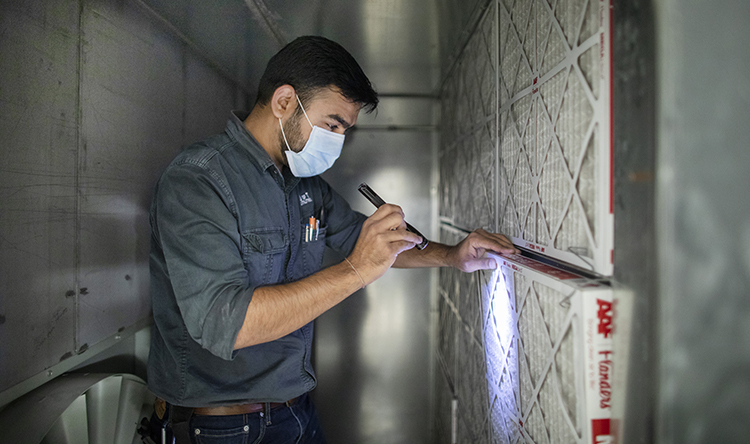

1. We get ready to cool the school
In early spring, we start to inspect, clean, and bring 110 chillers and cooling towers online so that they can effectively cool indoor campus spaces by removing heat from buildings.
Each chiller has hundreds of tubes. We brush the inside of each tube to remove debris. Every three years the tubes are also measured to help identify possible leak locations. After maintenance, cleaning, and inspection, we fill cooling towers and chillers with treated water.
In the spring, our property managers encourage campus partners to do preventative maintenance on their air conditioners, like window units or split systems. This includes a visual inspection, filter cleaning, and necessary repairs.
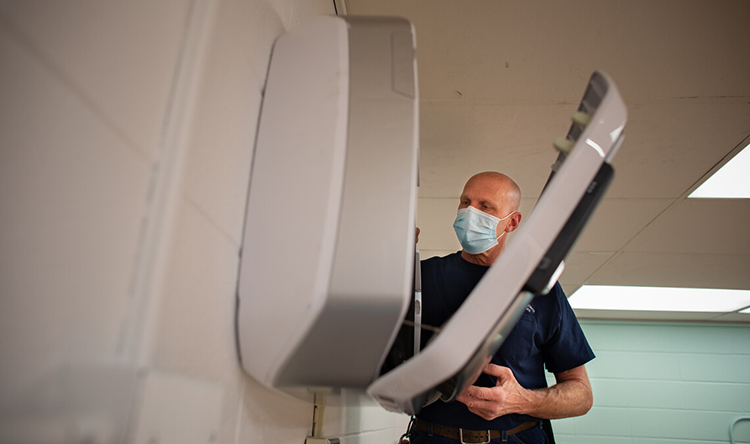

2. We replace HVAC filters with fresh, new ones
Changing filters and keeping coils clean improves indoor air quality and the efficiency of heating, ventilation, and air conditioning (HVAC) systems.
We replace the filters inside the 720 air handling units across the St. George campus as needed based on the number of particles lodged in the filter.
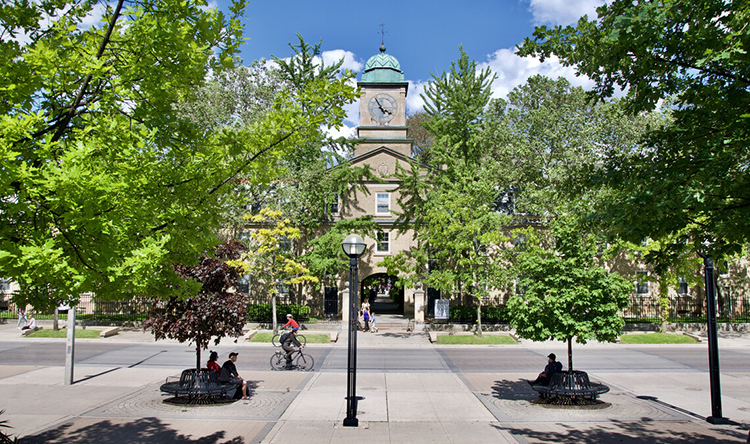

3. We find and fix any winter damage
Our Grounds and Property Management teams evaluate the effects of weather-related events. Ice, wind, snow, salt, and cold temperatures can damage roofs and pipes indoors, and sidewalks, shrubs, grass, and trees outdoors. In the spring, our grounds team does a general clean-up of the winter snow/ice. They remove the garbage that accumulated on the sidewalks, pathways, and gardens around campus.
Our Grounds team repairs and/or removes dead plants and leaves, and orders replacements as needed. Meanwhile, property managers work with the trades to address any building damage. They perform monthly building inspections—coordinating repairs and focusing on areas that require attention before students return for the summer term. We may also coordinate with the City of Toronto when we experience water supply issues.
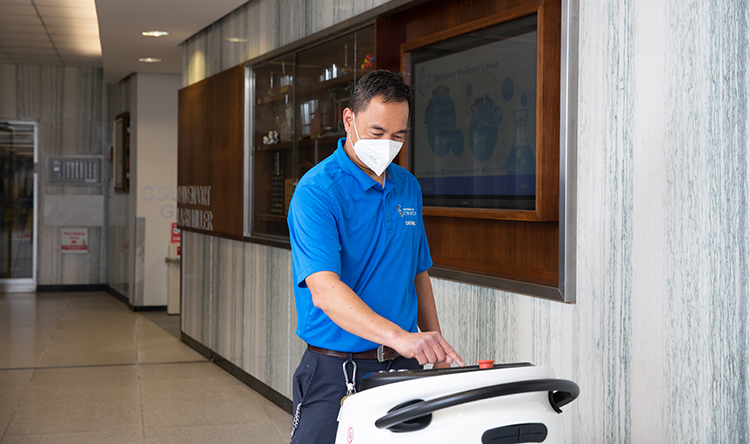

4. We take care of the details
Our Caretaking team cleans winter walk-off mats, removes any salt inside the buildings, takes down winter signage, and removes any temporary carpeting from the winter.
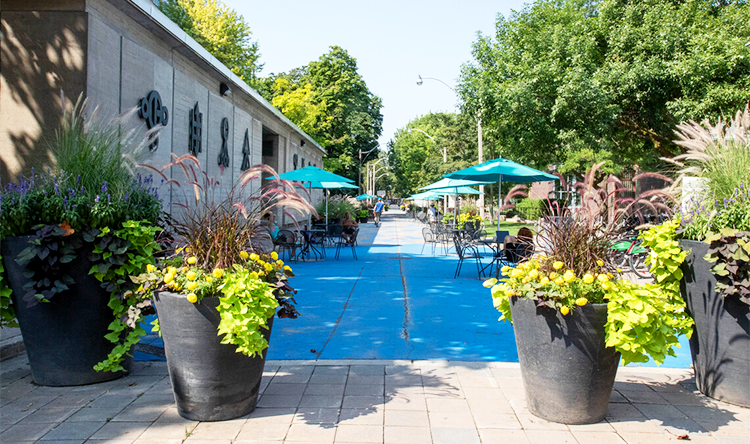

5. We bring out the summer gear
We need different equipment prepared and organized to transition campus grounds from one season to another. Our grounds team cleans and puts into storage all winter equipment—and brings out riding lawn mowers, line trimmers, and tractors.
These tools are needed to perform key maintenance in early spring such as trimming vines and trees while they are still dormant and aerating the grass. This allows more water to penetrate the soil, which activates growth of plants and trees.
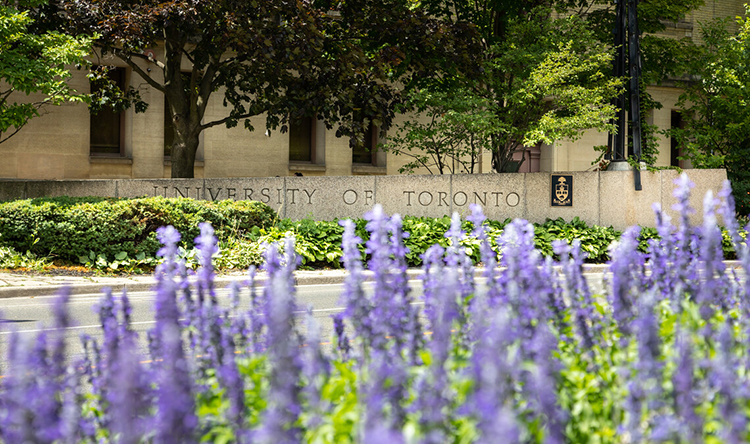

6. We toil in the soil
Spring is a particularly busy season for our grounds team, with a wide variety of activities to perform. We till the soil in the gardens and prepare for annual flowers.
We turn on the automatic centralized irrigation system. We check the cisterns—the rainwater collection basins—and clean and/or drain them as needed. Areas with heavy salt accumulation from the winter are power washed.
We fertilize the soil typically twice a year, depending on how much salt was used over the winter.
We begin to cut the grass, typically weekly, depending on weather conditions and outdoor events. The grass clippings are mulched—directing the nutrients back into the soil.
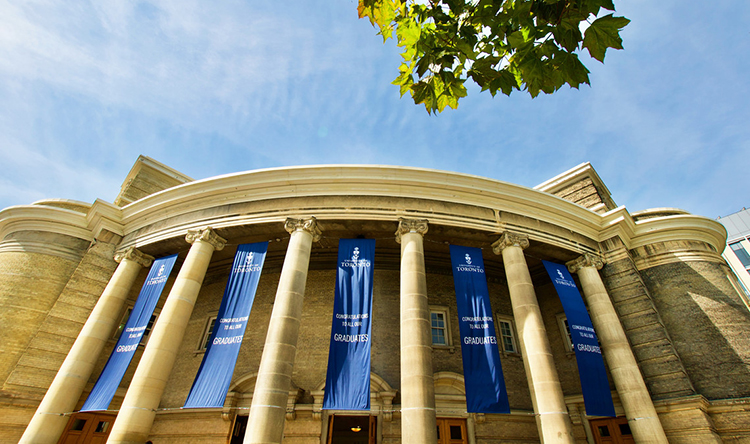

7. We prepare for convocation
We take immense pride in ensuring the St. George campus is at its best for convocation in June—an important event for students, faculty and staff.
The upcoming spring convocation for the Class of 2022 will be U of T’s first in-person convocation event since 2019, making it even more momentous. Preparing campus for this important event involves meticulous landscaping and planting brightly-coloured flowers.
In addition to convocation, we help colleges and departments at the St. George campus run their local celebrations. Our teams do walk-throughs to accommodate special requests, such as performing detailed cleaning of the floors and windows.
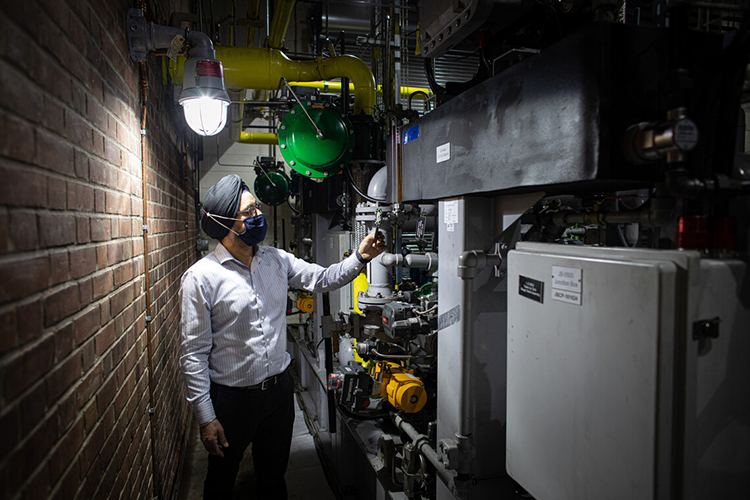

8. We perform a critical annual shutdown of the Central Steam Plant
Our 110-year-old Central Steam Plant is Canada’s second-oldest district energy system. It supplies the campus with 80% of its heating and 20% of its electrical needs. The plant operates 24/7/365 requiring skilled licensed engineers to continuously operate and ensure proper maintenance.
Every summer, distributed steam pressure is reduced given reduced heating needs on campus. We also plan and execute a major shutdown of the plant to allow for critical inspections and maintenance. During the shutdown, most heating capability is removed from the site.
The criticality of this shutdown requires we create detailed task plans with the service provider, arrange procurement, acquire materials, coordinate with contractors, and start communicating with buildings impacted by the shutdown. Any work that we cannot do during normal operations is performed during the shutdown in preparation for the winter heating season.
During the summer maintenance, all the Central Steam Plant boilers and pressure vessels are inspected and certified safe by representatives of the Technical Standards and Safety Authority (TSSA) before startup. We wrap up the shutdown by carefully re-energizing the piping system in our underground steam tunnels.
This year’s shutdown is scheduled to take place from August 21 to 25.
